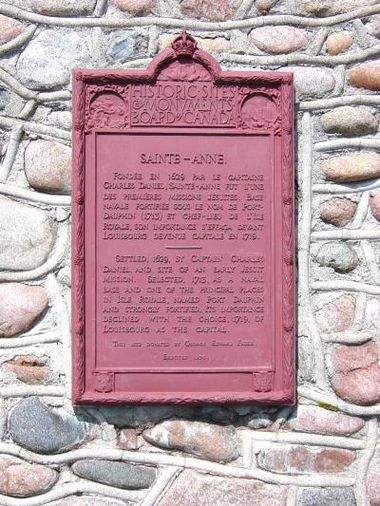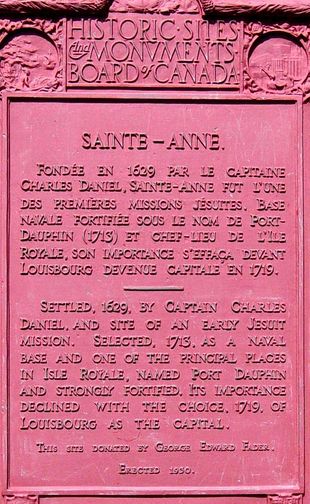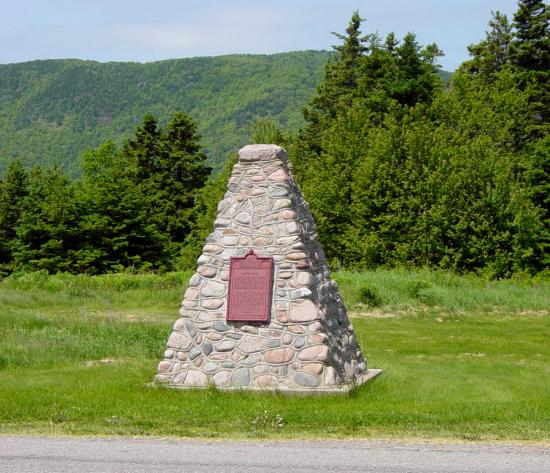DANIEL, CHARLES, sea captain, member of the Compagnie des Cent-Associés, founder of Fort Sainte-Anne on Cape Breton, second son of Antoine Daniel, a Dieppe merchant, and Marguerite Martin; d. 1661.
He was a brother of the Jesuit, Antoine Daniel. His older brother André, a doctor, and one of his younger brothers, François, were also sea captains.
At the time that the Compagnie des Cent-Associés was being set up, he and his brother André became members of it. In 1629 Charles Daniel received command of a flotilla of four ships and a bark which were sent to Canada.
A gale scattered these ships off the Newfoundland Banks and Daniel reached Cape Breton alone. There he learned of the capture of Quebec and of the settlement which a Scottish lord, James Stewart, Lord Ochiltree, had established at Port de la Baleine, from which he was holding fishing boats to ransom. Daniel went there, besieged and captured Fort Rosemar, demolished it, then returned to Cibou (Bras d’Or Bay), where he built Fort Sainte-Anne, with a dwelling, a chapel, and a magazine. There he left two missionaries, one of whom was Father Vimont, and a garrison of 40 men, and took back to France James Stewart and 17 prisoners after leaving the others, including Capt. Ferrar, in England. For four years, using Fort Sainte-Anne as his base of operations, he traded in the Gulf, as far as Miscou and Tadoussac, sharing expenses and receipts equally with the Compagnie de la Nouvelle-France.
In the autumn of 1632 the Cent-Associés, who had regained possession of Canada but who were half-ruined, organized a private company to continue their operations in the St. Lawrence and sold Cape Breton Island to Pierre Desportes de Lignères. Daniel then dropped his interest in the parent company, which still owed him money for the construction of Fort Sainte-Anne, and sold his share to a merchant from Paris, Nicolas Libert. Shortly afterwards, however, he joined a private company, along with Desportes and Libert, for the development of Cape Breton. At that time he returned to Canada and entered into relations with Charles de Saint-Étienne de La Tour and David Lomeron for the purchase of furs. He ceased to have an interest in this company when it passed into Jean Tuffet’s hands in 1636, but until 1639 he kept up business relations with Libert and La Tour.
The fort was occupied from 1629 to 1641. Fort Sainte Anne was later rebuilt as A National Historic Site. No visible remains of any fort structures. An existing roadside carin with a plaque which reads:
Settled, 1629, by Captain Charles Daniel, and site of an early Jesuit mission. Selected in 1713, as a naval base and one of the principal places in Isle Royale, named Port Dauphin and strongly fortified. Its importance declined with the choice, 1719 of Louisbourg as the capital.
Plaque date: 1950



